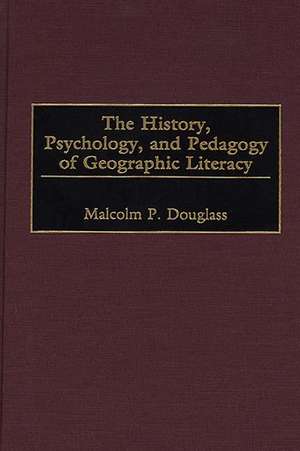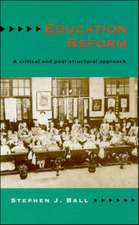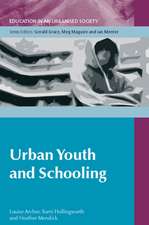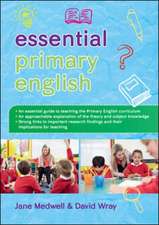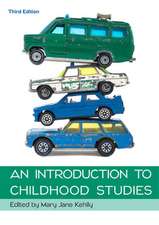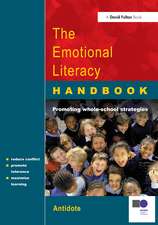The History, Psychology, and Pedagogy of Geographic Literacy
Autor Malcolm P. Douglassen Limba Engleză Hardback – 27 oct 1998 – vârsta până la 17 ani
| Toate formatele și edițiile | Preț | Express |
|---|---|---|
| Paperback (1) | 229.86 lei 6-8 săpt. | |
| Bloomsbury Publishing – 29 oct 1999 | 229.86 lei 6-8 săpt. | |
| Hardback (1) | 437.67 lei 6-8 săpt. | |
| Bloomsbury Publishing – 27 oct 1998 | 437.67 lei 6-8 săpt. |
Preț: 437.67 lei
Preț vechi: 604.15 lei
-28% Nou
Puncte Express: 657
Preț estimativ în valută:
83.77€ • 91.03$ • 70.42£
83.77€ • 91.03$ • 70.42£
Carte tipărită la comandă
Livrare economică 21 aprilie-05 mai
Preluare comenzi: 021 569.72.76
Specificații
ISBN-13: 9780275961381
ISBN-10: 0275961389
Pagini: 208
Dimensiuni: 156 x 235 x 21 mm
Greutate: 0.51 kg
Ediția:New.
Editura: Bloomsbury Publishing
Colecția Praeger
Locul publicării:New York, United States
ISBN-10: 0275961389
Pagini: 208
Dimensiuni: 156 x 235 x 21 mm
Greutate: 0.51 kg
Ediția:New.
Editura: Bloomsbury Publishing
Colecția Praeger
Locul publicării:New York, United States
Notă biografică
MALCOLM P. DOUGLASS is Emeritus Professor of Education, Claremont Graduate University, Claremont, California. His previous books include Social Studies: From Theory to Practice in Elementary Education, Reading in Education: A Broader View, and Learning to Read: The Quest for Meaning.
Cuprins
An Introduction to Geography in the School CurriculumGeography in Historical PerspectiveThe Development of Spatial ConceptsWhat It Means to "Read" a MapToward a Geography of Geography in the CurriculumEvaluating Progress toward Geographic LiteracyGeographic Literacy--Concepts for the FutureAfterwordIndex
